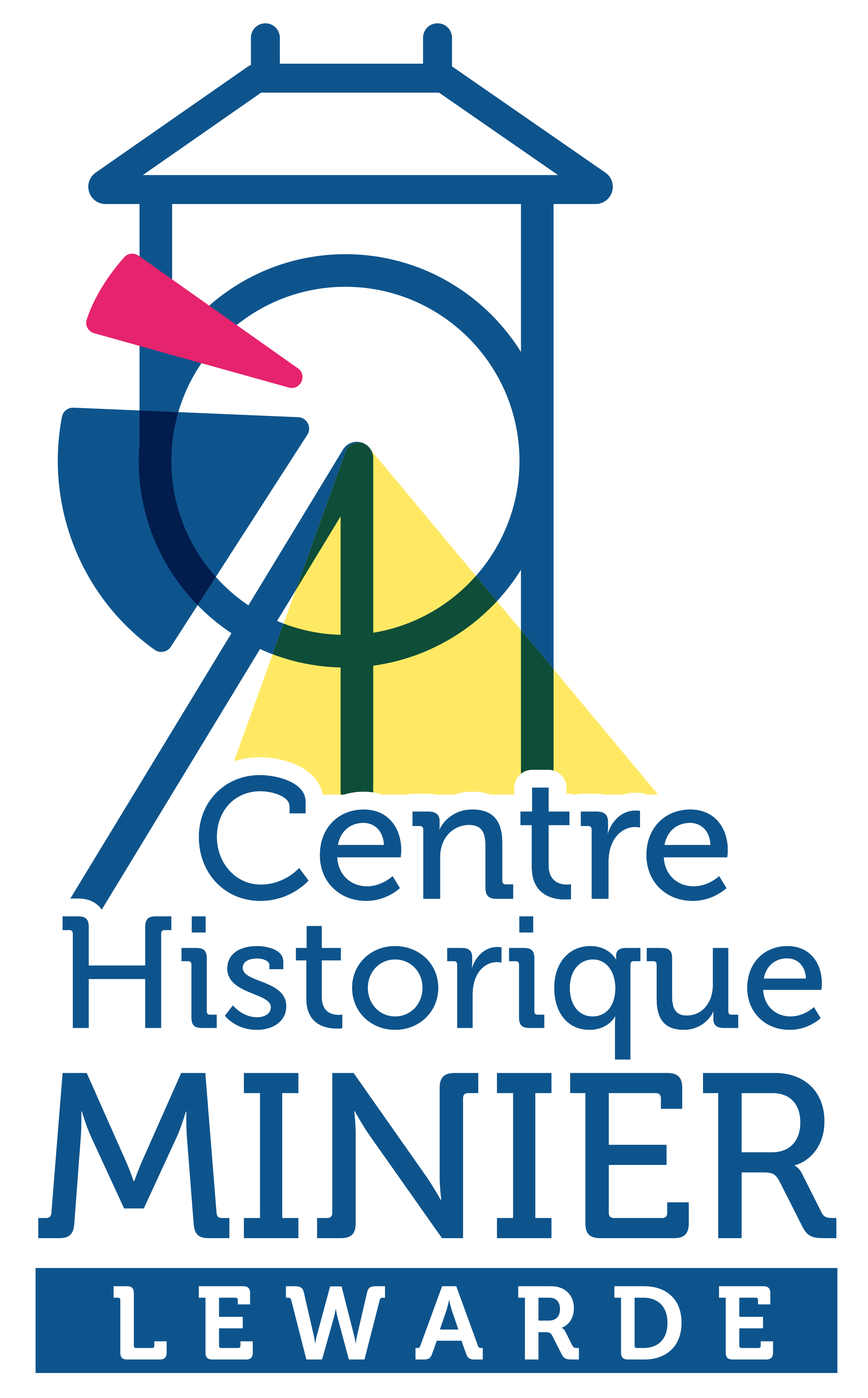resources and collections
FILM LIBRARY
Since 1996, the Mining History Centre has held copies of all audio-visual documents produced by the Nord-Pas de Calais coalfield nationalised mining company. The film library is extensive, with 501 films shot in 16 and 35mm and 300 sound recordings.
Although an inventory has been produced of the 16 and 35mm reels to provide a complete list of the films produced by the nationalised mining company since 1945, parts of the collection of video and sound recordings remain unexplored. All of the films have been transferred onto digital and SP Betacam tapes, both for conservation purposes and so that they can be easily viewed by the public.
16 AND 35MM FILMS
Between nationalisation and the 1980s, the nationalised mining company commissioned numerous films from independent producers as well as from their in-house communications department with the aim of promoting the group both internally and externally to potential clients, as well as for staff training purposes. There are various types of film, mounted and rushes, black and white and colour, silent and with sound, which can be classified into three major themes: mining, group films and social welfare projects. Moreover, we can distinguish three major periods in terms of films produced by the Nord-Pas de Calais nationalised mining company :
1946-1951 : the era of the coal battle, when providing information was the key aim. Films were used to show reconstruction, the reorganisation of the nationalised mining company, the need for large production volumes, and to facilitate mass recruitment. The image of the miner is depicted as sacred, such as in “Les Gueules Noires” (the pitmen).
1951 to 1958 : the nationalised mining company promotes a more humane image of work in the mine. The nationalised mining company commissioned films promoting social welfare institutions and those dispensing safety training to prevent accidents. These images were charged with dismantling the industry’s sombre image by bringing to the fore the modernisation of mining infrastructure and technological advances, in particular in hewing equipment.
1958-1975 : this is described as the period of “defending coal”. Films had to depict coal mining as a modern industry with a healthy future. The mining industry had in fact been given new impetus and the usage and forms of coal had diversified extensively. All of this was promoted by the wide variety of films produced: prestigious productions, filmed in CinemaScope and awareness campaigns, produced as cartoons
3 EXAMPLES OF VIDEOS
Coalfield landscape
© Centre Historique Minier (ANMT loan)
Miners’ holidays
© Centre Historique Minier (ANMT loan)
Working in the galleries
© Centre Historique Minier (ANMT loan)
VIDEO RECORDINGS
The 350 cassettes, mainly in U-matic format, primarily contain recordings dating from the late 1970s to mid-1980s, on a range of subjects including safety, techniques used for mining coal and retraining. The collection also includes several hours of interviews with managers from Charbonnages de France and former miners describing their work and life in the coalfield.
SOUND RECORDINGS
The sound collection includes recordings made underground, at mining wind band or choir concerts and of speeches by nationalised mining company managers or elected officials at opening and official ceremonies. To date, more than forty sound sequences recorded in real conditions have been burned onto audio CDs. The general public can now hear the creaking of the pulleys, the sound of pneumatic drills and the rattling down the galleries of the trucks, used to bring out the coal.
The creaking of
the pulleys
The sound of
pneumatic drills
The rattling down the
galleries of the trucks
Useful informations
Opening times, prices, brochures... check out our practical information to help you plan your visit to the Mining History Centre.




